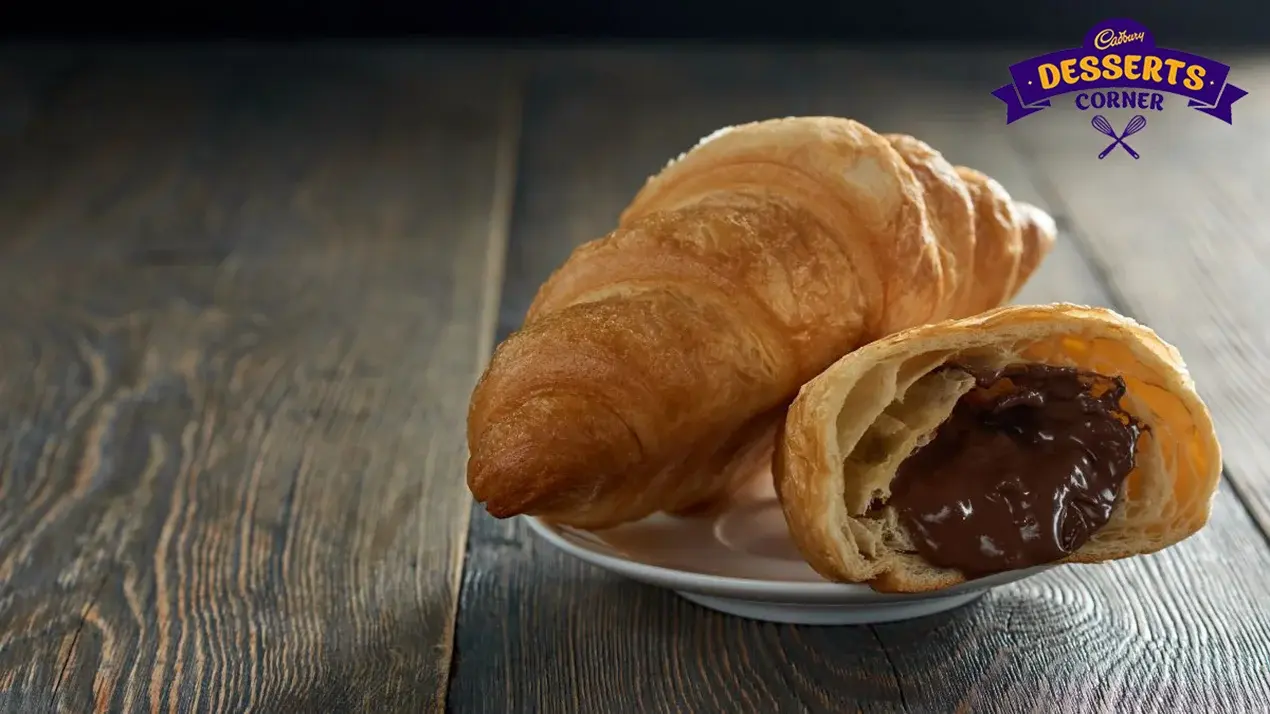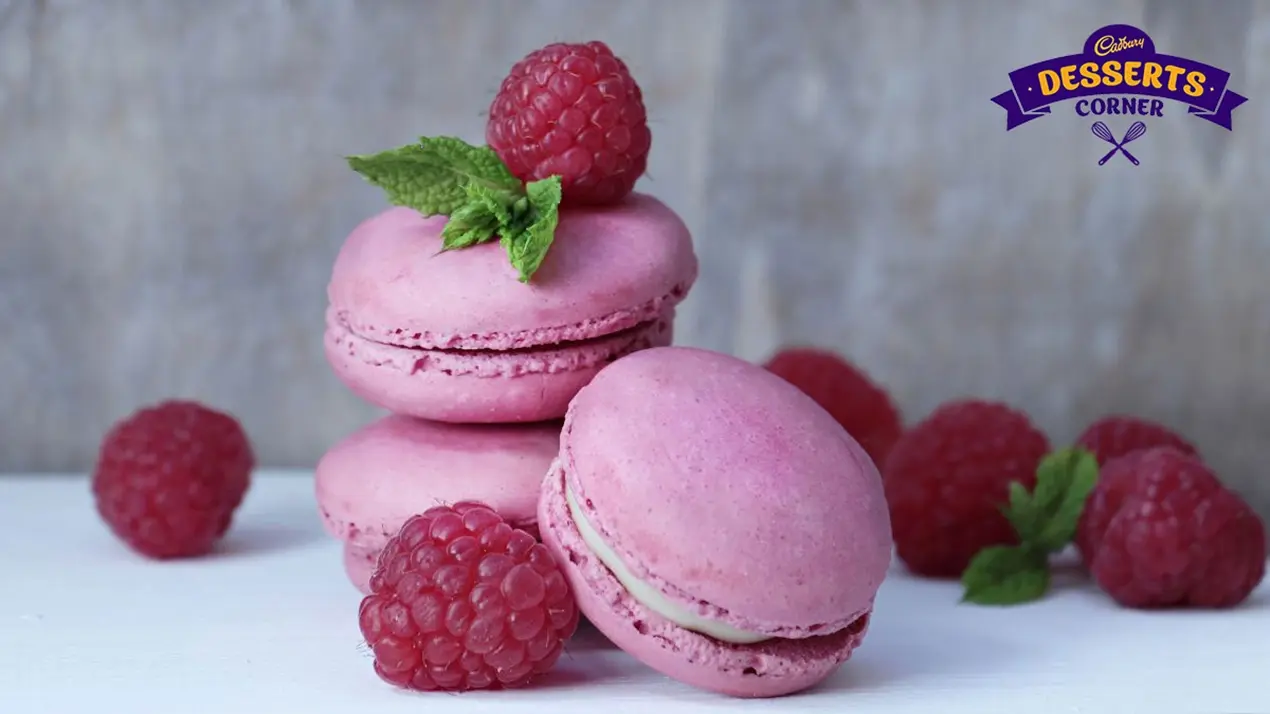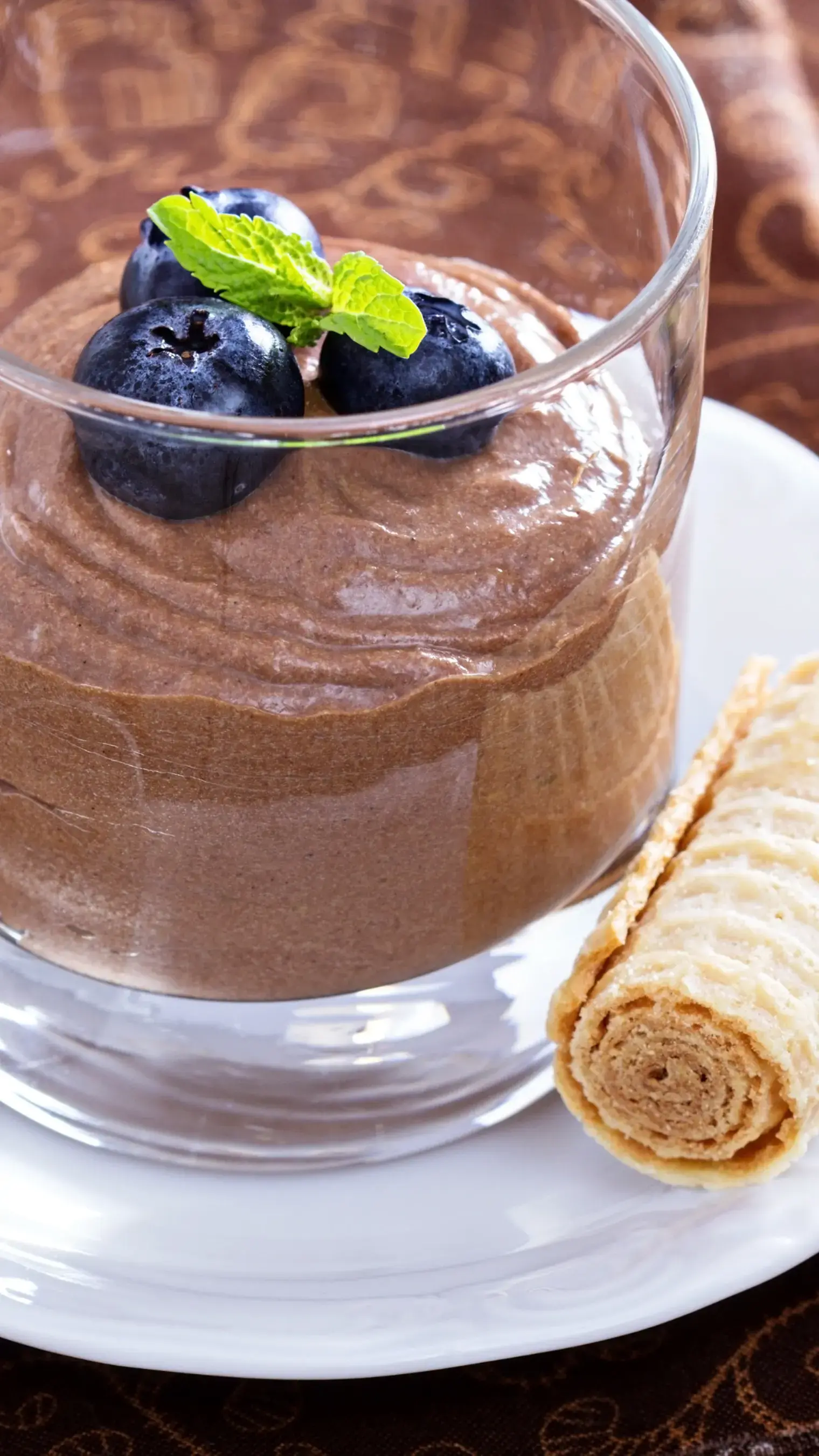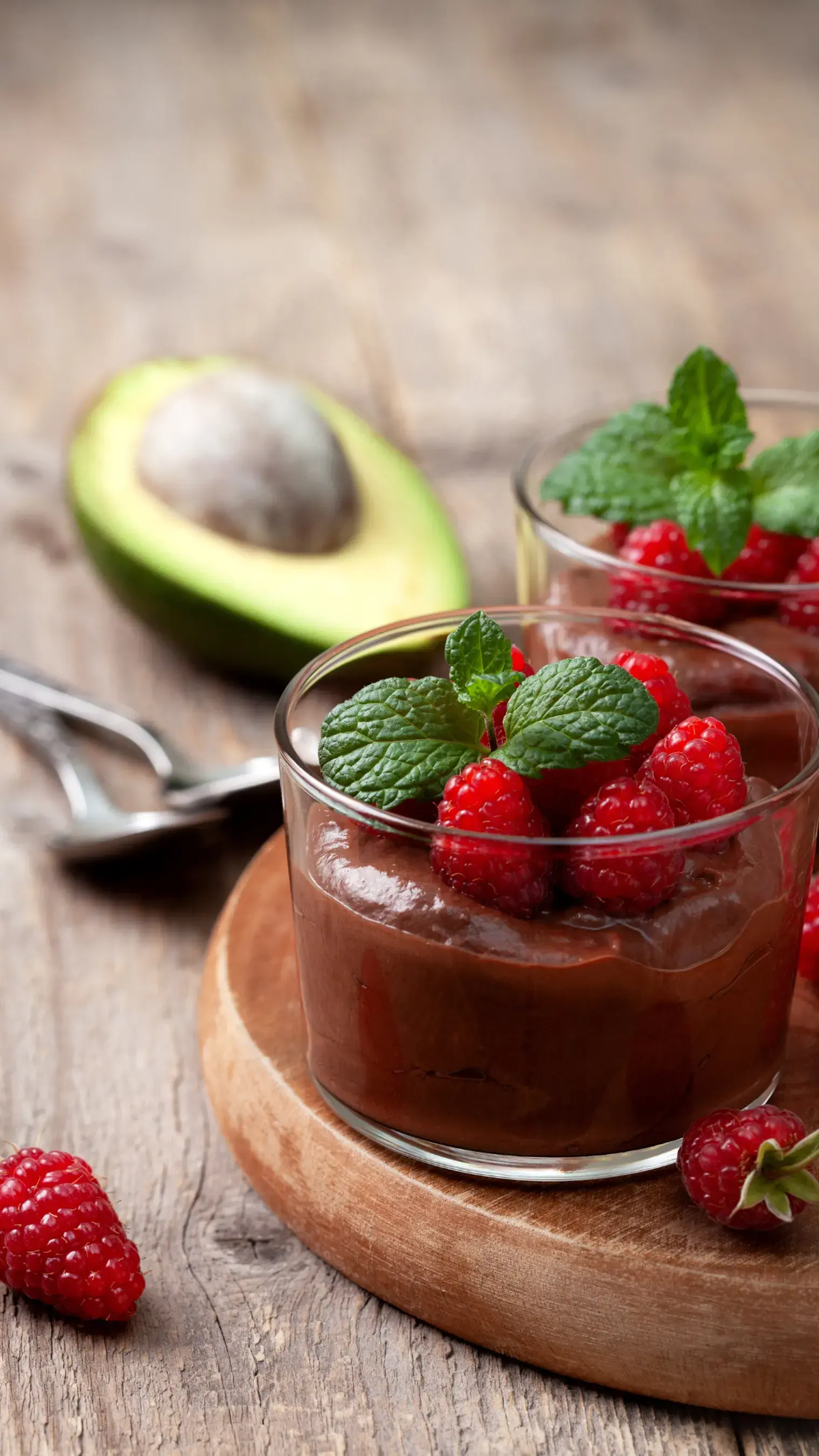Marmalade is a spread made of citrus fruit that dates back to the famed Renaissance era.

Marmalade is a spread made of citrus fruit that dates back to the famed Renaissance era.
When we think of desserts, conventional sweet treats, such as cakes, brownies, cookies, and ice creams, spring to mind. These desserts’ popularity can be credited to their global appeal and availability as well as their ever-evolving nature. For example, new cake and ice cream recipes are constantly being innovated, giving consumers an impressive host of options to choose from. However, the world of desserts cannot just be pinned down to a few famous desserts; it is, in fact, a vast and multi-faceted universe that includes treats which you may or you may never have heard of before. In this article, we are going to focus on one such delicacy—marmalade.

Traditionally, marmalade is a product that is prepared using the juice and peel of citrus fruits. The aforementioned elements are boiled together in a mixture of sugar and water; the resulting blend is marmalade. Marmalade may sometimes resemble jam in appearance and texture. However, there are marked differences between the two foods. For starters, jam tends to contain the whole fruit in either cooked, crushed, or pureed form, whereas marmalade does not comprise the whole fruit but only the citrus peel and juice, as noted above. Despite these differences, jam and marmalade can often be used as substitutes for one another as they both have nearly the same health benefits; both are rich sources of Vitamin C, and low in fat and sodium content.
Marmalade in some form or another is consumed all over the world, but it is an absolute staple across British households. The sweet and citrusy delicacy is frequently spread across toast, scones, and breads during breakfast in the United Kingdom. Marmalade is also used as a filling and condiment in various types of British biscuits as well as certain special cakes. Given how popular marmalade is in the United Kingdom, is it quite surprising that the fruity preserve did not originate here. Some unverified sources do claim that marmalade originated in Scotland in 1561 during the reign of Mary, Queen of Scots; these claims have been disputed and proven wrong by several respected food historians.
So, where exactly was marmalade invented? That’s the big question. To crack this mystery, let’s don our time-traveling hats and journey back to Spain in the 16th century. A groundbreaking food item—the Seville orange—was brought to Spain during this time. The locals were enamored by this tangy and zesty fruit; however, they found it difficult to eat the fruit due to its rough pulp. Ultimately, they overcame this problem by storing the fruit in sugar. This action led to the creation of a sweet and gooey blend, which they referred to as “marmelada.” The word “marmelada” is derived from the Portuguese word “marmelo,” which translates to quince. This name tracks because the Renaissance-era Spanish and Portuguese locals emulated a quince-based recipe to invent the orange-based sweet dish of marmalade.
Over the centuries, marmalade became a highly cherished delicacy in the Iberian Peninsula, that is, in the countries of Spain and Portugal. It wasn’t until the 17th century that this sweet treat made its way further north to Britain. Initially, the Britons imported marmalade from Portugal but they soon began creating their own marmalade using Seville oranges from Spain. As touched on earlier in the article, marmalade was a particularly big hit in Scotland, and perhaps that is why some sources claim that it was the birthplace of marmalade. While this is unlikely to be true, it is speculated that the first recorded British recipe of marmalade was penned in 1863 by a Scottish woman named Janet Keiller.

In the 18th and 19th centuries, marmalade slowly spread to other parts of Britain until it became a prized breakfast fixture in the 20th century. The emergence of marmalade throughout the region was spurred by scientific inventions, such as the steam engine, which resulted in easy transport of oranges from Spain at low costs. The rest, as the saying goes, is history. As the recipes underwent evolution and innovation, citrus fruits other than Seville oranges were also incorporated into marmalade recipes. Some of the contemporary marmalade flavors, in addition to bitter orange, include bergamot, grapefruit, lemon, lime, and sweet orange. This sweet dish is also very adaptable, finding application in both sweet and savory items. For example, several meats, such as chicken, ham, and lamb, are coated with marmalade. Marmalade also makes a fine salad dressing.
On the topic of sweet foods, marmalade blends remarkably well with chocolate-based items. Chocolate and orange is a classic food pairing anyway, and the addition of marmalade to any given chocolate-orange concoction just elevates the rich and acidic flavor of the orange to a whole new level. That is why if you peek in the display window of any bakery or sweets shop, you will increasingly find cakes, muffins, brownies, chocolate bars, cookies, and a plethora of other chocolaty treats infused with flavors of orange marmalade. While chocolate and orange marmalade is the most common and popular pairing, chocolate also combines exceedingly well with the other marmalade flavors, including lemon and grapefruit. Do give these marmalade-infused chocolate desserts a try; they are guaranteed to satiate your sweet tooth.
You can also make your very own chosen marmalade dessert item at home if you wish. Most marmalade recipes, including Janet Keiller’s now iconic 1861 recipe, are quite straightforward and simple to implement. If you plan on mixing chocolate and marmalade to create a timeless chocolate-marmalade dessert, be sure to use the best and most premium quality chocolate items. Cadbury products, such as Dairy Milk Silk and Toblerone, are a good place to start. You can use the chocolate in either melted or crushed form, depending on how you want your sweet dish to turn out. Remember, marmalade is a lot more than just a simple breakfast item. When used creatively and to its full potential, marmalade can give even the most acclaimed and renowned desserts a run for their money!
Like This Article?
More Like This




Popular Articles




Trending Web Stories
Curated Recipes



















